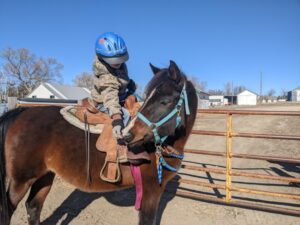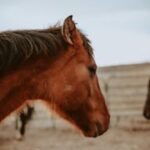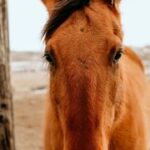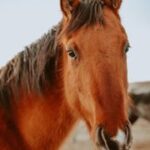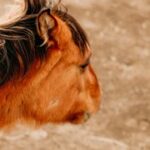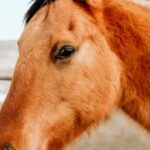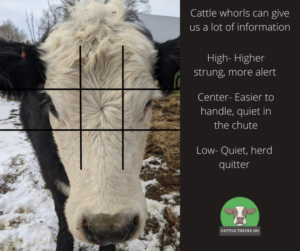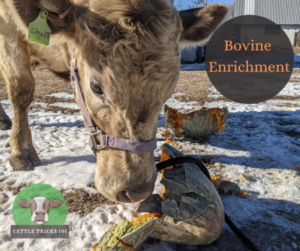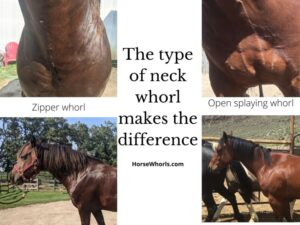We had a rough horse day yesterday.
Nothing awful but not great. My son loves his zippy little mare. She is great for him, putting up with his enthusiasm and zipping with care. He likes to get her to trot. It’s great fun.
I had turned to his sister who was riding Rusty to work with her a bit while he rode around. When I turned back he had made it clear across the drive. It’s a good ways. Far enough to him to really get up speed and have a long trot.
They were going to die.
He started trotting back. There was nothing I could do. They were building speed. I help my breath, crossed my fingers, said my prayers. She trotted faster, and faster. Then she broke into a canter. Ok, this could be ok. A canter may be scary but is easy enough to ride. They got almost back to us, almost within reach, and she ducked her head for a happy busk.
His life flashed in front of my eyes.
He stayed on! Hunched over, clutching the saddle horn. She was to me by then where she stopped quietly and happily. She had brought her cargo to me like she knows she’s supposed to. SO why was I mad?
For a moment everything was fine, then he burst into tears. That was scary!
As we all know you can’t stop there. Trying to offer comfort from the ground I made him stay in the saddle. Leading him around we walked until he had calmed down then let him down for big hugs and love.
That last bit was good. We ended on a good note. The ride today was just as important as the way we ended the one the day before. Mind set is so important when it comes to riding! How we feel is how we do. If we are comfortable and happy, our training sessions will be comfortable and happy. When we are tense and scared out horses can feel that as clear as day. Finding a place where we can be relaxed to work from can change the entire tone of our training session.
Today I left a lead on and walked right beside my son and his energetic mare. We stayed calm and quiet until he was ready to go again, right back where they had been before the little mishap yesterday.
Then we took steps to keep it from happening again. The rules got laid out clearly about how we do not take her far away so he can run back. If we get rid of the cause of the problems we can prevent them from happening again. One of these days he’ll be ready to ride a canter and happy buck, but not yet.
